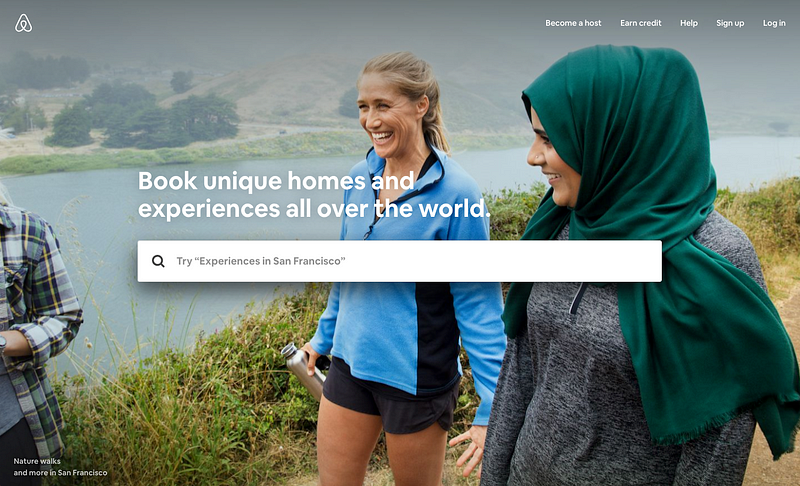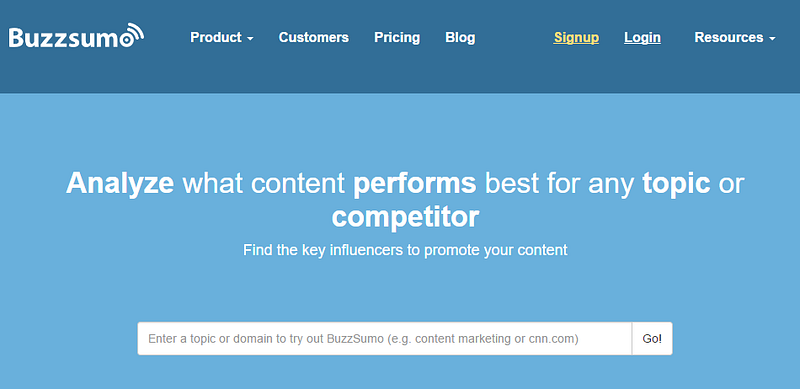The “AHA” moment of SaaS User Onboarding
The Aha! moment is the point in the user experience where your product’s value becomes clear to your users. You judge whether and how this…

The Aha! moment is the point in the user experience where your product’s value becomes clear to your users. You judge whether and how this happens on a product-by-product basis, but the end-result you’re looking for is usually conversion or long-term retention.
What is an aha moment?
For those unfamiliar, an aha moment (sometimes called the eureka effect) is the moment when new users first realize value in your product.
It should happen at some point during the first time your user tries your product — most often during onboarding.
It’s an emotional moment. One that can be expressed as ‘WOW!’ or ‘AHA!’ and can be impactful enough to create a first impression that keeps users coming back for more.
Finding and improving your product’s aha moment is no small task, so we put together this ultimate guide to walk you through the process and make your job a little easier. We’ve also combed through all of our own research and reading to curate a list of the best resources on nailing down your aha moment. Check them out in the last section, “Resources to master the aha moment.”
Have you heard of Facebook’s “7 friends in 10 days” rule?
Early on in the life of the company, the Growth team discovered that a Facebook user who added 7 friends within their first 10 days in the app was far more likely to stick around for the long-term. Hitting 7 friends (in 10 days) became Facebook’s Aha! moment.
How to find your product’s AHA moment?
Start by finding your power users. Josh Elman, who helped grow user bases of products like Twitter, Facebook, and LinkedIn, explains the value of uncovering your power users’ stories:
I frequently get asked what are benchmarks for retention after one day or one week….Ignore the benchmarks. Find the patterns in the stories of people who do get your product. Figure out what converted them and got them so excited to keep using your product every day or every week.
People who became successful using your app or service probably did something differently from those who churned out early — if you can figure out what and why, you can start to reverse-engineer that path for your other users.

The first step, of course, is figuring out what kind of behavior you want to identify as the basis of “power usage.” This sounds like a simple task (and it might be, depending on your product), but the Aha! moment isn’t always obvious, because it’s not necessarily the most-performed action or the one that seems most vital to you or even just one single moment. The action(s) that best correspond with retention might not even be around using what you consider a core product feature). You need to find the behaviors that, when performed, best correlate with continuing to use your product for an extended period of time.
Get users to aha faster
Sign-ins, multiple screens, installs, videos — the more you ask a user to understand before aha, the less likely it is that they’ll stick around for it. That’s why a lot of SaaS products give you access to some features before letting you hit points of friction. You can have an aha moment without entering your credit card info, without agreeing to Terms of Service, and even without logging in.
Airbnb, for instance, gives you access to all their listings — before asking you for information.

Airbnb demands a lot of information from users on signup. So instead of forcing to people through the friction of signing up at the beginning, they let users check out the listings and details. Only after they have that aha moment, does Airbnb ask them for their information.
Here are just a few ways you can guide your users’ to their aha moment faster.
Try aha-first onboarding
Bring your aha moment front and center. Give users the capability to try out part of your platform before hitting them with any friction, such as a signup page or in-app tutorial.
Content marketing tool Buzzsumo lets marketers try out some of their features right from their home screen.

Not only will this ensure that users start with the aha moment rather than journey to it, but it’s a great way to qualify your leads. Users that sign up for your trial will already have realistic expectations for the value of your software, and you can spend your onboarding getting them ramped up to take full advantage of it.
Less watching, more doing
Most SaaS products become more valuable the more you use them, so it can be tempting to throw all of your features at new users. But people don’t need to experience all of your product at once — they just need to be guided through the behaviors that induce aha.
Rather than overwhelming users with explanations, use non-intrusive tooltips to guide your user through some of the most important actions.
A number of factors can contribute to an aha moment, and your understanding of what those factors are will improve as your user base grows. What’s more important is that you work on improving your early product experience, so that users find value quickly and stick around.
